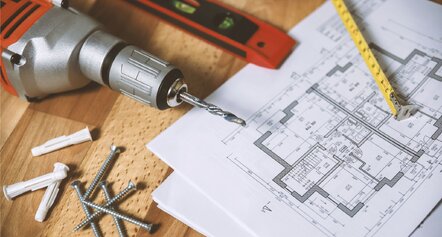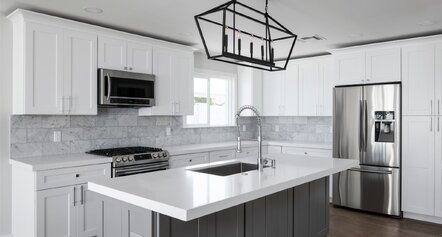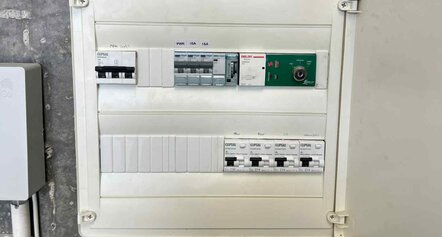Upgrading your home’s electrical system isn’t just about improving safety—it’s also about making your space more efficient and tailored to your lifestyle. But before diving in, a little planning goes a long way. From checking your current setup to budgeting smartly and picking the best materials, each step plays a role in ensuring a smooth and successful renovation. Preparation is key in upgrading faulty wiring, adding new safety features, or incorporating modern technology.
In this guide, we’ll explore how to prepare your home for an electrical renovation, covering everything from evaluating your current system to hiring a qualified electrician. By following these steps, you can ensure your renovation is seamless and meets local building codes and safety standards.
Assessing Your Current Electrical System
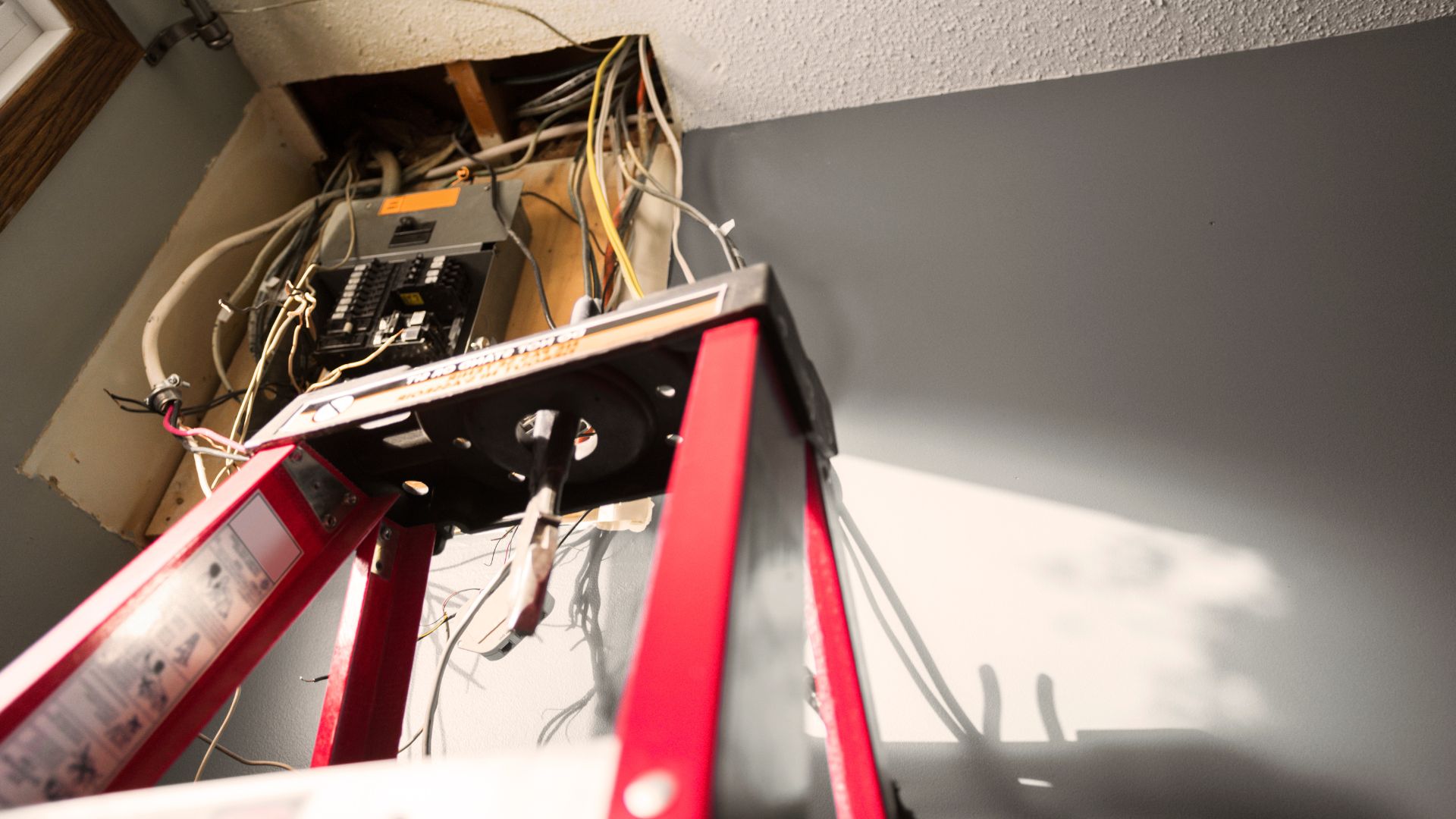
Wiring Condition
Keep an eye out for exposed or frayed wires—they’re more than just an eyesore; they’re a fire hazard. If your home has outdated or damaged wiring, replacing it should be at the top of your renovation checklist to keep things safe and up to code.
Switchboard Inspection
Your switchboard is the heart of your home’s electrical system. If it’s overloaded, poorly labelled, or just outdated, you might be due for an upgrade. A modern, well-organised panel helps prevent power trips and keeps your system running smoothly.
Outlet Functionality
Test your outlets for proper grounding and performance. Look out for signs of overheating, such as discolouration or a burning smell, which could indicate underlying problems.
Lighting Efficiency
Take a moment to assess your lighting—are your fixtures bright enough, and are they energy-efficient? Swapping out old bulbs for LEDs can cut down on power bills while giving your home a fresh, well-lit feel.
Regular assessments can prevent costly repairs and enhance the safety and efficiency of your electrical system.
Planning the Electrical Layout
A well-thought-out electrical layout ensures your system is functional and future-proof.
- Determine where to place all the electrical appliances, outlets, switches, and fixtures to align with your daily needs.
- Prioritise safety features like RCBOs and smoke detectors for added protection.
- Upgrades such as smart home devices and energy-efficient solutions should be considered to improve functionality and lower energy consumption.
Create a Blueprint
A solid plan starts with a clear blueprint. Sketch out your space, marking where walls, doors, and windows are. This gives you a bird’s-eye view of where to place outlets, switches, and fixtures for maximum functionality. Within this layout, mark the intended locations for outlets, switches, and lighting fixtures, ensuring that these placements align with the space’s functional needs.
Use symbols and labels to clearly identify each component on the blueprint for easy reference and accuracy. Consider the placement of furniture and appliances to determine the most practical and convenient locations for electrical components, ensuring seamless integration with your everyday activities.
A well-crafted blueprint provides a solid foundation for a safe and efficient electrical layout tailored to your requirements.
Budgeting for Electrical Renovations
Accurately estimating costs is essential to staying within budget when planning an electrical project. Begin by calculating the cost of materials, including wiring, outlets, switches, fixtures, and electrical panels, ensuring you choose components that meet your needs and compliance standards.
Labour costs should also be factored in, as these can vary depending on the installation’s complexity and the project’s location. Additionally, check with your local authorities for permit requirements and include any associated fees in your budget. It’s also wise to allocate a contingency fund, typically 10–20% of the total estimated cost, to cover any unexpected expenses during the project.
A thorough and realistic cost estimate helps ensure a smooth, stress-free process while avoiding financial surprises.
Safety Considerations
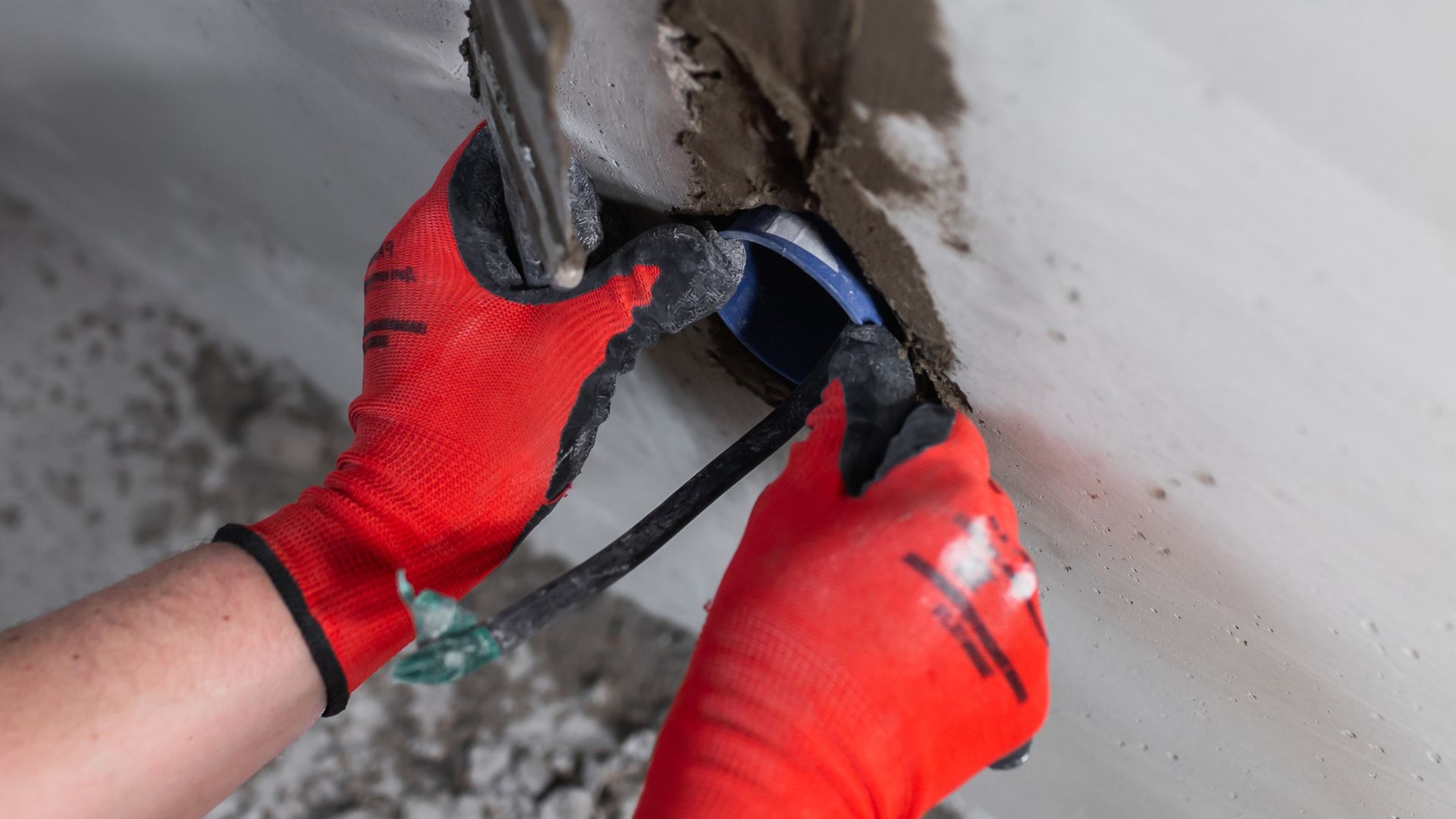
Safety should always come first when upgrading your electrical system. Following Australian regulations isn’t just about compliance—it’s about keeping your home and family protected.
Compliance with Australian Standards
Ensure that all electrical work complies with Australian Standards (AS/NZS 3000, known as the Wiring Rules) to guarantee safety and legal compliance. This includes proper installation methods and equipment selection.
Safety Devices
Install RCBOs to protect against electrical shocks, overloading, and electrical fires. These are mandatory for new installations and upgrades in Australia. Previously, circuit breakers and RCDs were used for this purpose.
Upgraded Wiring
Replace any outdated or damaged wiring with modern, insulated cables that meet Australian safety requirements. This helps to prevent electrical faults, malfunctions, and fire risks.
Licensed Electricians
Always engage a licensed electrician for your electrical work. They are qualified to carry out installations and upgrades in compliance with Australian laws, ensuring a safe and professional outcome.
Incorporating these measures ensures your electrical system is reliable, safe, and compliant with Australian standards.
Turn Off Power Sources
Power down before you start! Cutting off electricity at the main breaker ensures a safe working environment and reduces the risk of accidents during your renovation. This ensures safety during the project and prevents potential electrical hazards. It’s also important to provide the electrician with access to multiple points within the electrical system, allowing them to carry out their work efficiently and effectively.
Consult your local utility company before shutting down power sources to ensure any necessary protocols are followed. Once the power is switched off, verify that all electrical circuits are completely de-energised before starting the renovation. This extra step minimises the risk of accidental shocks or other electrical issues during the project.
Selecting the Right Materials and Components
The quality of your electrical materials matters more than you think. Opting for high-quality, certified components ensures your system is safe, reliable, and built to last. Prioritising high-quality materials ensures the durability of your system while reducing the risk of faults or hazards. Investing in products from reputable brands that meet Australian safety certifications further minimises risks and guarantees compliance with industry standards.
Energy-efficient products, such as LED lighting and modern appliances, are a smart choice for reducing electricity bills and lowering environmental impact.
Additionally, integrating smart home devices, like programmable light switches and smart plugs, can enhance the functionality and convenience of your home, providing greater control over your electrical system. A thoughtful selection of materials and components ensures safety and improves your system’s efficiency and adaptability.
Energy Efficiency
Focusing on energy efficiency in your electrical system can help reduce power consumption and lower utility costs. Opting for energy-efficient lighting, such as LED bulbs, is an effective way to achieve this, as they consume significantly less power and last much longer than traditional incandescent bulbs. Similarly, upgrading to energy-efficient appliances can lead to substantial energy savings by optimising their usage and performance.
Investing in power strips with built-in surge protectors conserves energy and safeguards your electronics from potential power surges. When selecting products, look for those with the ENERGY STAR label or Australian energy efficiency ratings, as these certifications guarantee they meet strict efficiency standards. Incorporating energy-efficient solutions into your home benefits the environment and ensures long-term savings and reliability.
Preparing for the Renovation
Step 1: Clear the Work Area
Remove all furniture, carpets, and other furnishings from the renovation zone to create a clutter-free space for safe and efficient access.
Step 2: Remove Wall Items
Remove curtains, blinds, and pictures from the walls to prevent damage and ensure they are accessible for electrical work.
Step 3: Identify and Label Wiring
Identify and label all electrical wiring in the work area. Proper labelling makes it easier for the electrician to understand the current setup and carry out the required tasks efficiently.
Preparing thoroughly before the renovation ensures a smooth and efficient process while minimising disruptions and potential issues.
Hiring a Licensed Electrician
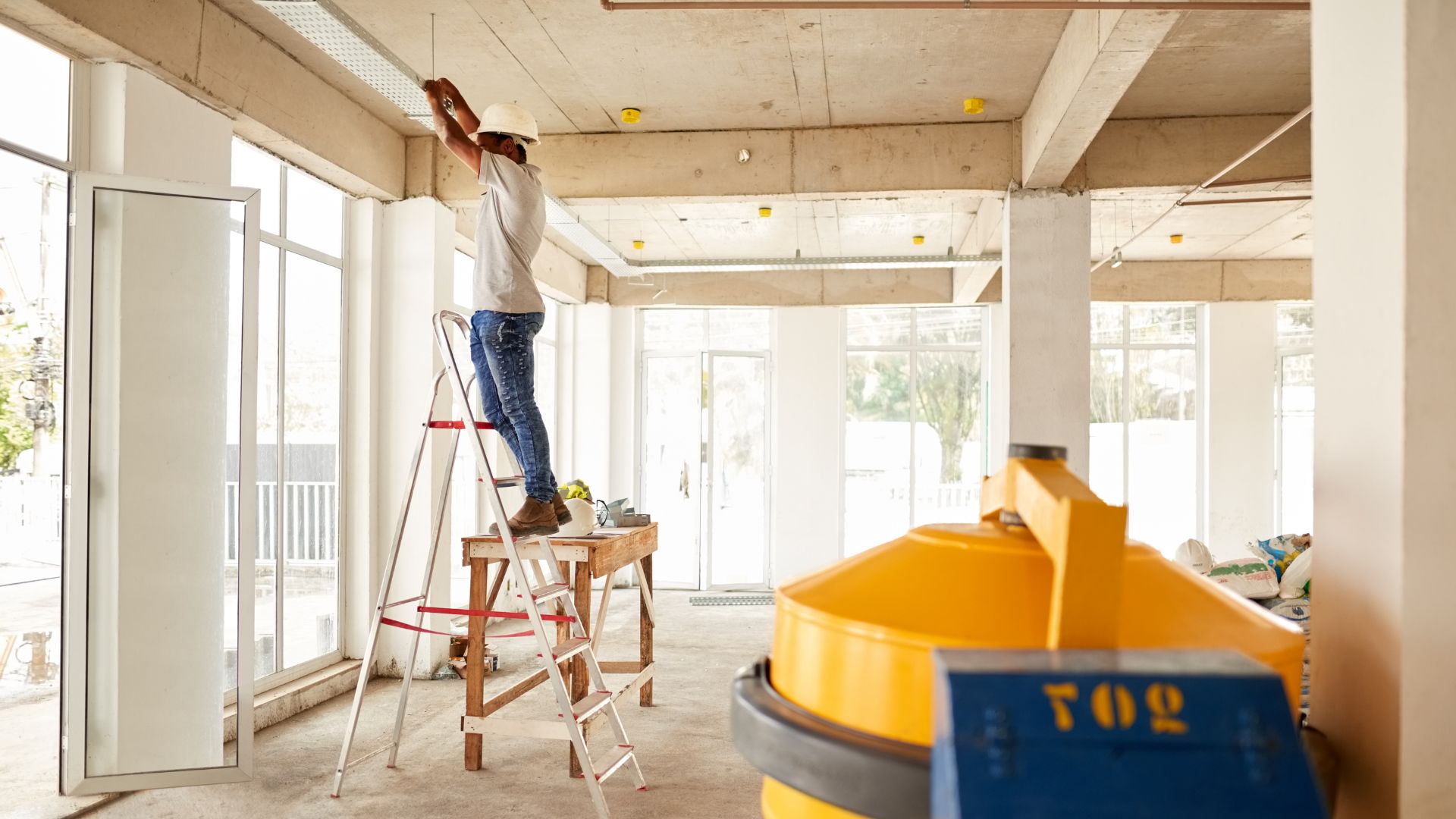
When selecting an electrician for your project, ensure they hold the necessary licensing and insurance to comply with industry standards and regulations. This guarantees they are qualified and capable of performing the work safely and professionally. To evaluate their reliability and reputation, ask for references or review feedback from previous clients online.
Request a detailed estimate from the electrician that outlines the scope of work, the expected timeline, and the associated costs. This transparency helps you understand the project in detail and avoid unexpected expenses.
It’s also important to confirm that the electrician prioritises safety by using appropriate equipment and following all required precautions to minimise risks and prevent accidents. Engaging a licensed professional ensures the smooth, secure, and efficient outcome of your electrical project.
Plan Your Electrical Renovation with Watt Edge Electrical
A successful electrical renovation isn’t just about swapping out wires and fixtures—it’s about smart planning and expert execution. Working with experienced professionals ensures the job is done safely, efficiently, and to the highest standards. Implementing proper safety measures throughout the process reduces risks and creates a secure working environment. A well-executed renovation not only enhances the safety of your home but also improves its overall functionality and energy efficiency.
At Watt Edge Electrical, we specialise in delivering high-quality electrical renovations across the Sunshine Coast. From planning to execution, our licensed electricians provide expert solutions tailored to your needs. Contact us today to discuss your project and experience the Watt Edge difference!


